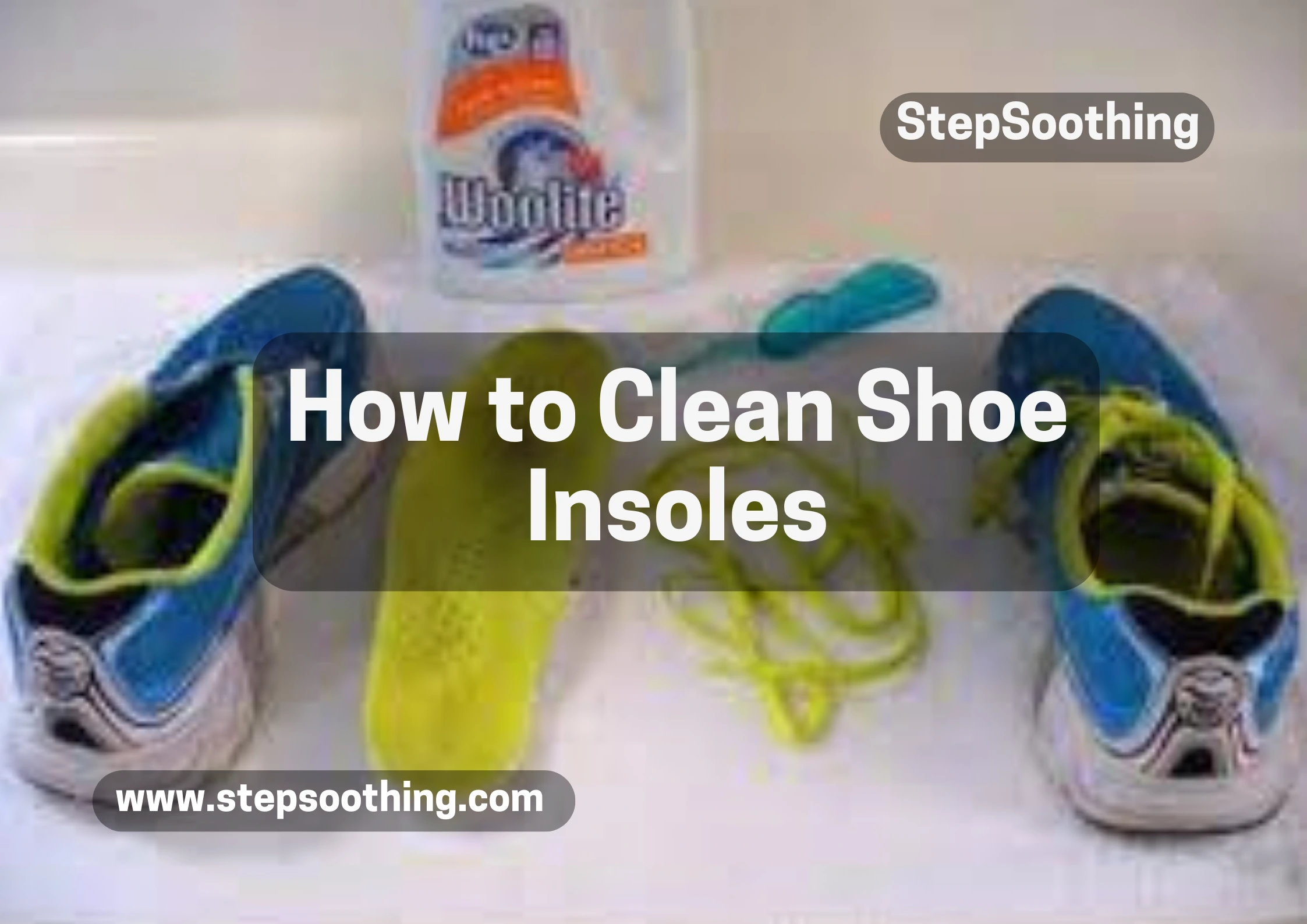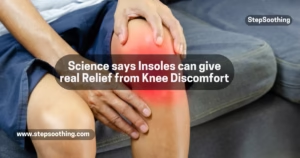Keeping your insoles clean is a key part of proper foot care. Whether you wear them for work, sports, or casual comfort, taking time for regular cleaning not only extends their lifespan but also helps with odor control and hygiene. If your insoles are neglected, they can become a breeding ground for bacteria and fungi, leading to unpleasant stench and even infections. This guide will help you discover the best methods to keep them fresh, hygienic, and supportive for as long as possible.

How to Clean Shoe Insoles: Essential Care Guide
Essential Insole Care: Clean for Comfort
Your shoe insoles take a beating daily, absorbing sweat, dirt, and moisture, making insole care an important part of foot health. Ignoring them can lead to persistent odors and even bacteria growth that may cause infections. Follow these tips to ensure they stay fresh and lasting:
- Remove and air dry your insoles after wearing.
- Avoid sweat buildup by regularly changing socks.
- Use breathable materials for better airflow.
- Consider high-quality insoles for shoes like Tread Labs for durability.
- Clean your insoles with the right cleaning methods to prevent deterioration.
How to Take Care of Your Insoles
Maximizing the lifespan of your insoles means giving them the attention they deserve. The combination of wear, tear, and moisture can break them down over time, reducing support and cushioning. To keep them in great shape:
- Remove and air-dry thoroughly after a long day.
- Keep them odor-free by reducing sweat buildup.
- Opt for ventilated covers to help with airflow.
- Use gentle cleaning techniques to maintain their structure.
Whether you’re taking your morning walks or hitting the trails for weekend hikes, these steps will help prolong their life and keep your feet fresh.
How to Clean Shoe Insoles
If you’re curious about the best way to clean your insoles, there are many effective and easy techniques to choose from. Hand washing is one of the best methods to keep them hygienic and fresh. Consider using natural solutions like baking soda and vinegar, which are deodorizing and disinfecting.
Here’s a simple cleaning routine:
- Use dish soap with warm water for a gentle wash.
- Scrub with a soft brush to remove dirt.
- Air-dry thoroughly before placing them back in your shoes.
Soap & Water
The recommended method for most shoe insoles is washing with soap and water. This removes dirt and grime from various types of insoles, including gel, fabric, leather, wool, and foam.
Steps:
- Mix a small amount of mild soap in a basin with warm water.
- Use a soft brush or cloth to gently scrub the surface.
- Rinse thoroughly but do not rinse leather insoles—simply wipe them with a damp cloth.
- Air-dry overnight before using again.
For leather insoles, apply wax-free lotion to recondition and prevent cracking.
Baking Soda
If your insoles are smelly, baking soda is a natural deodorizer and disinfectant that can absorb and neutralize odors.
How to Use:
- Sprinkle generously over your insoles.
- Let them sit for a few hours or overnight.
- Brush or vacuum off the excess.
- Allow them to air-dry before placing them back in your shoes.
Vinegar
For stubborn stains and deep disinfection, vinegar is an effective choice. It can deodorize, kill bacteria, and remove stains.
How to Use:
- Mix equal parts of vinegar and water.
- Spray lightly or use a brush to clean.
- Rinse with clean water and air-dry completely.
Rubbing Alcohol
If you’re worried about bacteria and viruses, rubbing alcohol is a powerful way to disinfect. However, it should be used sparingly, especially on gel, wool, leather, and foam insoles.
Steps:
- Mix a small amount and spray lightly.
- Focus on areas with the most odor.
- Wipe excess and let it evaporate.
- Air-dry before inserting them back into shoes.
Sunlight
You might be surprised, but sunlight is a natural disinfectant that helps kill bacteria and deodorize your insoles.
How to Use:
- Brush off any surface dirt.
- Place them in direct sunlight for several hours.
- Flip them over halfway through to ensure even drying.
Knowing When It’s Time for a Change
Even with the best care, insoles have a lifespan. Replacing them on time is key to maintaining foot health.
Look for these signs:
- Flattened support
- Visible damage, such as cracks, tears, or holes
- Persistent odor even after cleaning
- Discoloration and material degradation
A general rule of thumb is to replace them every 6-12 months, depending on activity level and usage.
Why Replacing Tread Labs Insoles is Different
Unlike standard insoles, Tread Labs offers a two-part system with molded arch supports and replaceable covers. This ensures that instead of constantly replacing the entire insole, you only need to swap out the top layer. With their guaranteed-for-life structure, these insoles won’t flatten, crack, or degrade, making them a more affordable option in the long run.
How to Choose the Right Insoles
Choosing the best insoles depends on your needs. If you need insoles for sports, work, or daily comfort, make sure to select the right type. How to choose the right insoles is crucial for maximum comfort and support.
Final Thoughts on Insole Care
Maintaining clean, well-cared-for insoles is key to foot comfort and health. A timely replacement ensures they remain effective and supportive for all your activities. Making these small efforts in cleaning, deodorizing, and proper care can make a significant difference in your overall comfort and support every day.
People Also Ask about How to Clean Shoe Insoles
How often should I clean my Shoe Insoles?
It’s best to clean your insoles at least once every few weeks to maintain hygiene, odor control, and comfort. If you sweat a lot or wear your shoes daily, consider washing them more frequently.
Can I put my Insoles in the washing machine?
No, most insoles should not be machine-washed, as it can damage their structure. Instead, use hand washing with soap and water or other natural cleaning methods like baking soda and vinegar.
How do I remove a persistent stench from my Insoles?
Try using baking soda as a natural deodorizer, or place the insoles in a freezer overnight to kill bacteria causing the odor. Spraying with vinegar or rubbing alcohol can also help disinfect and remove tough smells.
When should I replace my shoe Insoles?
If your insoles show visible damage, flattened support, or persistent odor even after cleaning, it’s time to get replacements. On average, replacing them every 6-12 months is a good rule of thumb.
Can sunlight help clean and refresh Insoles?
Yes! Sunlight acts as a natural disinfectant and helps kill bacteria. Leave your insoles in direct sunlight for a few hours, flipping them occasionally, to deodorize and keep them fresh.



